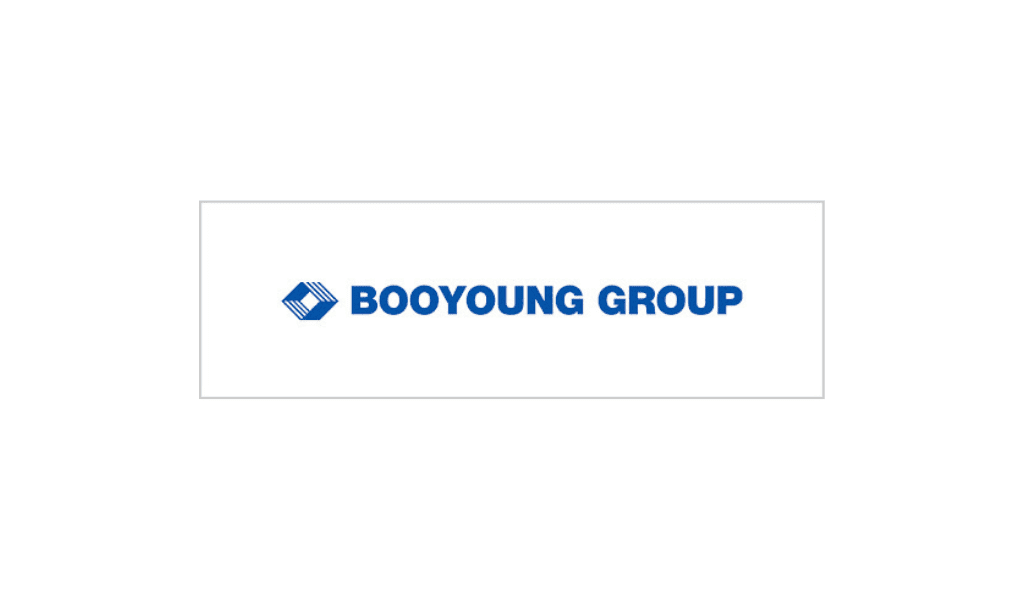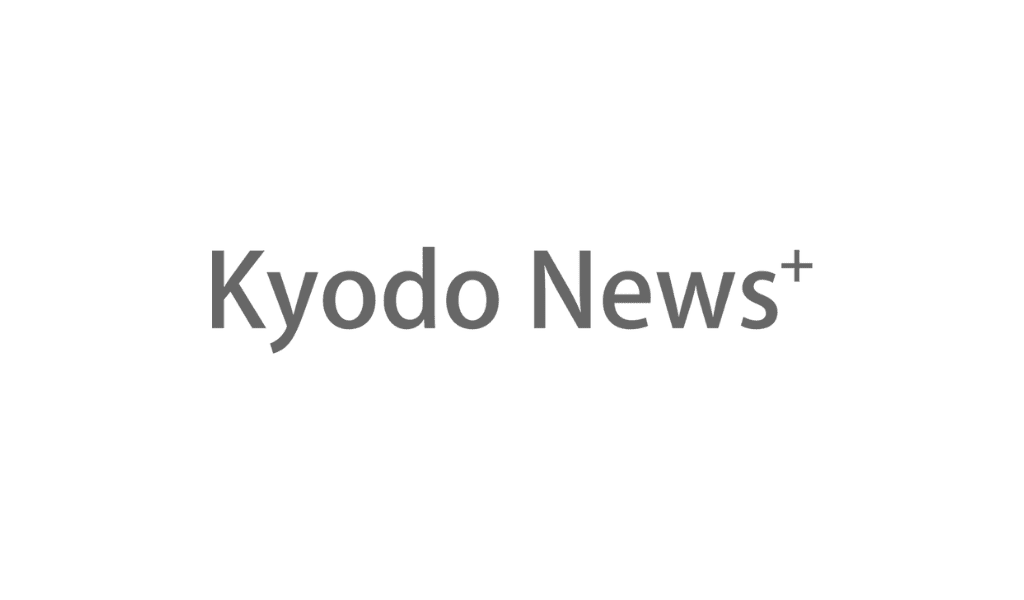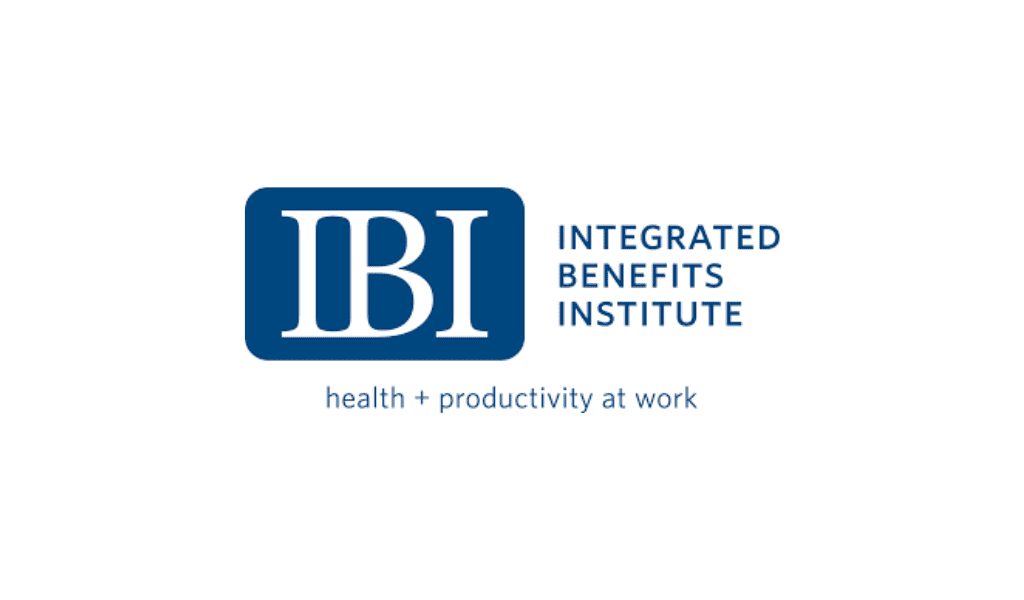Three benefits employers should prioritize over trendy perks to retain top tech talent.
By Christine Mellon
When people think of tech company culture, it often evokes images of hammocks, foosball tables, nap pods, and beer on tap. Although these workplace trends are commonplace in many technology companies, it is important for businesses to avoid getting too caught up in gimmicky office perks and confusing them with culture. When it comes to attracting and retaining top talent, office perks do not make nearly as positive of an impact as employee benefits.
A 2017 study by Kiwi Movers found that 86 percent of adults who work in an office feel that fun features add no specific value to their working life. In order to truly be a culture-first company, organizations must commit to employees’ well-being by fully embracing flexibility, continuous learning and innovation, and collaboration in their workplace.
- Focus on flexibility. LinkedIn’s new Workplace Culture Trends report on hiring and retaining top talent in 2018 uncovered that one of the top factors keeping professionals at their company for more than five years, cited by 44 percent of respondents, is having strong workplace benefits. This includes paid time off, parental leave, and a work-life balance. The survey also found that 51 percent of professionals feel proudest to work at companies that promote work-life balance and flexibility.
An always-on, overworked culture can be damaging to both the company and its employees. When people are overworked, they are less fulfilled and less capable of delivering quality outcomes. Working more hours doesn’t always add up to better results, and most managers agree that employees who take all or most of their vacation time are more productive. Alleviating burnout is not only the right thing to do, it also has countless positive effects for an organization, including improving employee retention, reducing sick days, and boosting productivity. According to Deloitte, 91 percent of employees say that having an unmanageable amount of stress or frustration negatively impacts the quality of their work, and 83 percent say burnout from work can negatively impact their personal relationships outside the office.
Offering flexibility shows that organizations value the work their employees deliver and trust that their employees will be able to deliver results by granting them the ability to spend time with their family and friends and improve their quality of life outside of the workplace.
- Offer continuous learning and innovation. Emerging technologies like artificial intelligence are transforming and disrupting all industries and roles within organizations. In fact, a recent report from the United Nations Education Commission, The Learning Generation: Investing in Education for a Changing World, found that up to half of the world’s jobs -approximately two billion -are at high risk of disappearing in coming decades due to automation. These technologies and corresponding business models are sparking the need for the workforce to upskill and reskill to achieve professional growth and development. At CSG, for example, organizational learning and development funding has increased, including an investment in Degreed, which offers online access to cutting-edge learning content to all employees.
Given the ever-changing workplace landscape, organizations need to provide the resources and training programs that empower their employees to learn and apply new skill sets to their work. Data backs this: LinkedIn’s survey found that people would much rather see their company focusing on benefits like learning and development programs as well as philanthropic opportunities than on perks like free food and game rooms.
In fact, employers that are able to provide the resources needed to help employees grow their role and learn quality new skill sets outside of their job description are able to satisfy a range of employee desires. This includes both salary increases and upward mobility within their organization, while also quenching their thirst to learn more about different and emerging fields. Enabling employees to achieve professional development goals will extinguish their desire to leave the company and foster longer-term retention. In the end, client service will improve if employees are equipped with emerging and important skills that are future-proof.
- Embrace collaboration. A collaborative work environment benefits business by making tasks more enjoyable and engaging for everyone. Collaboration enables mission-driven individuals to unify and achieve common goals and business objectives -and motivates them along the way.
Including employees in key business initiatives, processes, and goals reassures the team that they are truly valued by both the company and their fellow colleagues. In turn, these employees are prone to genuinely caring about the business on a personal level. CSG has placed a priority on collaboration through global town hall meetings and one-to-one lightning meetings with leadership, along with hackathons and experimenting with collaboration technologies such as Slack and Microsoft Teams.
Companies that nurture the professional growth needs of individual employees while maintaining a collaborative environment will increase employee morale, motivation, retention, and output. Fostering a collaborative environment combines the strengths and perspectives of all employees, which encourages creativity, reduces hurdles when facing obstacles, and promotes a high performance level from each employee.
To enable teamwork, workplaces should offer collaboration spaces with room to move around and features like whiteboards, teleconference capabilities, and acoustics that allow everyone to be heard clearly. For global companies and organizations with multiple offices and remote workers, investing in tools like video conferencing and chat platforms in addition to email is essential for enabling fluid, effective, and productive communication between employees.
Although unlimited snacks, ping pong tables, and cold brew on tap may seem appealing at a first glance, companies need to dig deeper than surface-level perks and invest in benefits that boost their employees’ wellbeing, professional development, and fulfillment in the workplace. Making long-term investments in employees generates a sense of trust, loyalty, and commitment to the organization, its management, and mission. This type of work environment fosters happier, healthier, and more motivated and passionate employees -which leads to better results.
Christine Mellon is the CHRO of CSG.














